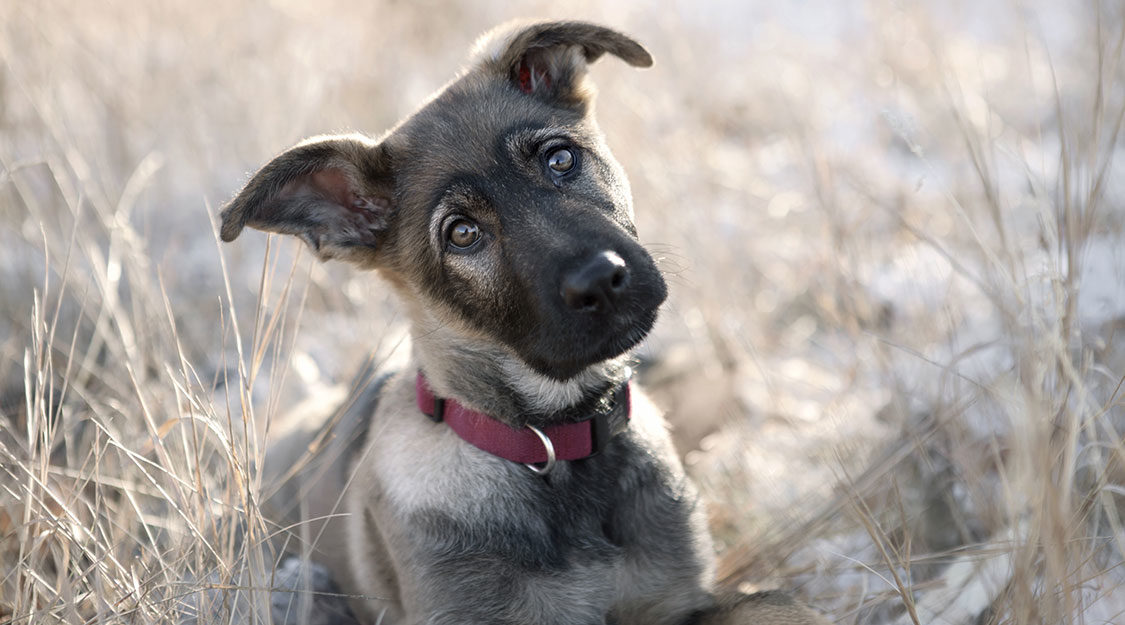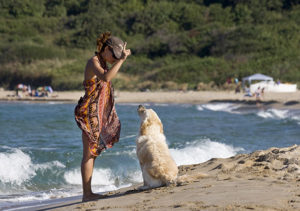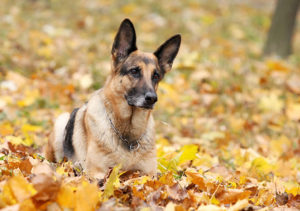Learn how to train your dog to sit
Sit is both an important and helpful command because the simple action of sitting helps your dog to calm down.
The sit command is used in different ways in order to teach your dog how to behave well. Some dog owners ask their dog to sit before receiving their meal. Others make their dog sit to keep him calm when visitors come to the house. By training your dog to sit, you ultimately are helping your dog to become a well-behaved canine citizen who will be admired and accepted by everyone.
Here are the steps to take to train your dog to sit.
Bottom down
Always start your sessions in a quiet place free of distractions.
Get a treat that you use only for training and hold it up over your puppies head. When your puppy looks up, his bottom will automatically move downwards.
As soon as his bottom touches the ground, give him the treat and praise him. He will be so excited that he probably immediately will get up and start a puppy dance.
Do it again, and then again and introduce the word “Sit” to the process.
Work towards longer sit times before you give the treat and the praise, and then move toward giving only praise and the treat only a couple of times.
Ultimately, what you want to achieve is that your puppy follows your command to sit only because you commanded him to do so, rather than for getting the treat.
Once your dog is good at sitting in your quiet living room, try taking the training sessions to a place with more distractions, such as a local park. Don’t be surprised if it seems like your puppy has forgotten everything you’ve taught him. Learning to be obedient in a public place is hard work for young dogs and you will just have to be patient.
Hand signal
You can also add a hand signal to your commands. A common hand signal for sit is a closed fist, but whatever works for you and your dog will do as long as you choose something your dog can see from a distance. Introduce the hand signal the same way you have introduced the verbal command, gradually and with the required patience. Hand signals are helpful in loud, chaotic environments, but are also just a cool trick to show off to your friends.
As with all your dog training, remember to use a confident, calm and authoritative tone of voice. Also, make sure you keep the training sessions short and fun. You want a puppy that looks forward to the training rather than one that tucks his tail away and runs off the other way as soon as it suspects a training session.
Click, Click, Sit
An alternative method to train your dog to sit is by using the clicker training method.
Arm yourself with your pup’s favorite treat and a clicker. Hang out with your puppy and simply wait for him to sit on his own. As soon as he does, click the clicker and give him a treat.
You will probably get the “crazy-human” look, but stay with it and watch for that moment when your puppy connects the sound with the action of sitting.




